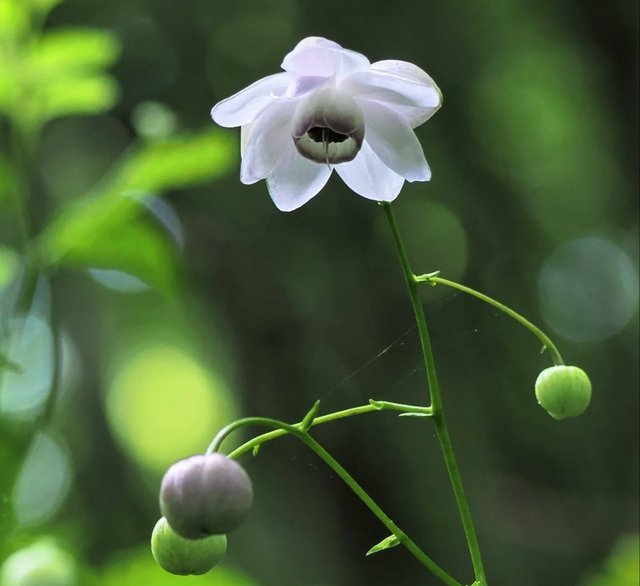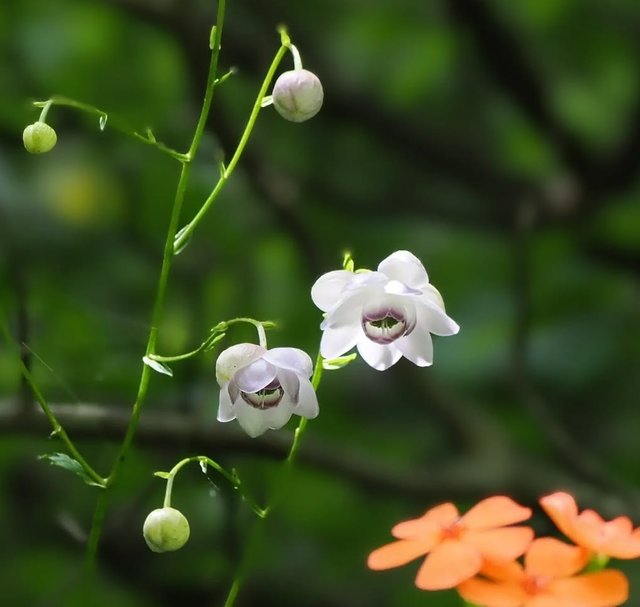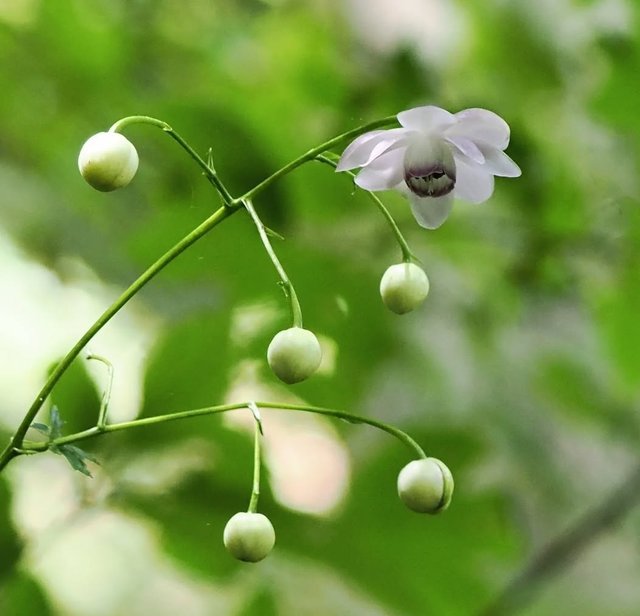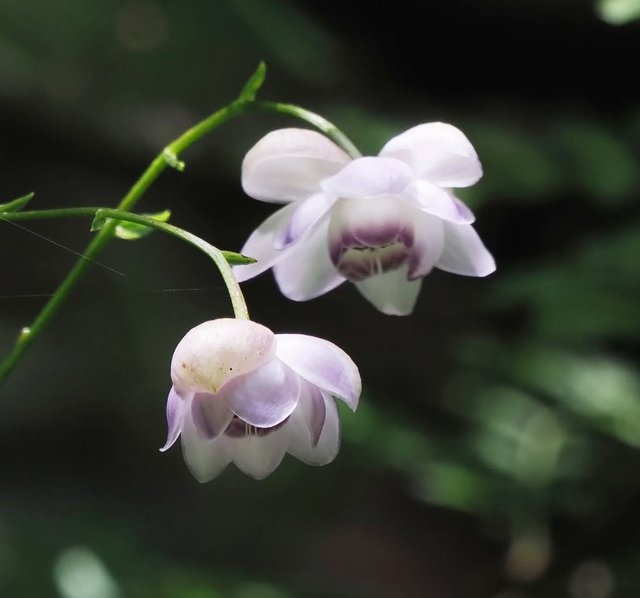Wonderful Anemonopsis Macrophylla Flower
Anemonopsis macrophylla, often known as the False Anemone or Japanese Thimbleweed, is a rare and enchanting perennial that captivates gardeners and plant enthusiasts with its delicate charm. Native to the cool, mountainous woodlands of Japan, this plant belongs to the buttercup family and is celebrated for its graceful flowers and elegant foliage. Though not commonly found in cultivation, it has earned admiration among collectors for its refined beauty and subtle presence in shaded gardens.
Botanical Description
Growth Habit: A clump-forming herbaceous perennial that typically grows between 50–80 cm tall.
Leaves: Its deeply divided, dark green leaves are large and fern-like, adding lush texture to shaded environments.
Flowers: The true allure of Anemonopsis lies in its pendulous, nodding blossoms. The flowers, borne on slender wiry stems, are typically pale lavender to mauve, with a darker purple center and a waxy, porcelain-like sheen. Each bloom resembles a small anemone or a fairy lantern, giving the plant an ethereal quality.
Blooming Season: Mid to late summer, providing soft floral color in woodland gardens when many spring flowers have long faded.
Natural Habitat
Anemonopsis macrophylla is endemic to Japan, particularly thriving in cool, moist, and shaded forested areas. It prefers well-drained soils rich in humus and organic matter, mimicking its natural woodland floor habitat. In the wild, it grows beneath tall trees where filtered light and consistent moisture create the ideal microclimate.
Cultivation and Care
Growing Anemonopsis macrophylla outside its native environment requires attention to detail, but it is highly rewarding for patient gardeners.
Light: Prefers dappled shade or partial shade; too much sun can scorch its delicate leaves.
Soil: Moist, humus-rich, well-drained soil is essential. A layer of leaf mold or compost helps replicate woodland conditions.
Watering: Consistent moisture is important, especially in dry summers, though the soil should never be waterlogged.
Hardiness: Hardy in cooler climates. However, it can be sensitive to hot, humid conditions, making it somewhat challenging in warmer regions.
Propagation: Usually propagated by seed, but germination can be slow and requires patience. Division is possible but often less successful, as the plant resents root disturbance.
Thanks For Reading
Device Information
| Device | cannon eos 700D |
|---|---|
| Lens | 55-250 zoom leans |
| Location | Bangladesh |




